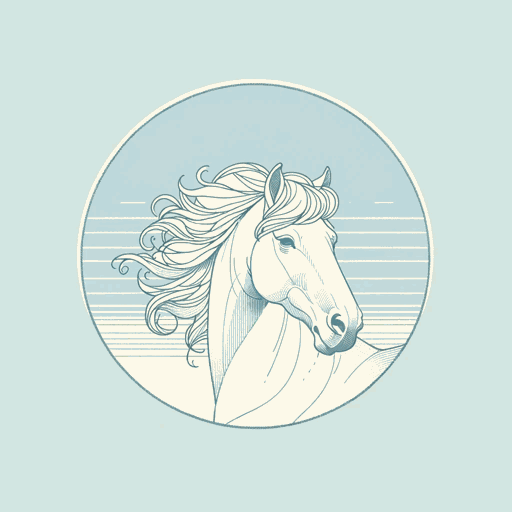26 pages • 52 minutes read
William SaroyanThe Summer of the Beautiful White Horse
Fiction | Short Story | YA | Published in 1940A modern alternative to SparkNotes and CliffsNotes, SuperSummary offers high-quality Study Guides with detailed chapter summaries and analysis of major themes, characters, and more.
Symbols & Motifs
Architectural Elements
Architectural elements in the story are symbolic of social constraints present in immigrant life during this time period, and they also reveal more about the time period than the narration typically does. In “The Summer of the Beautiful White Horse,” there is a contrast between being indoors and being outside in nature. Human-made structures, including Aram’s house and the barns where the horse is kept, are symbolic of conventional ways of doing things as well as economic constraints the community faces. Inside Aram’s house, he learns fixed ideas about his family (regarding their poverty and their honesty) and that John Byro’s horse was “stolen.” The dilapidated barn in which they hide the horse had once belonged to an Armenian farmer. Aram doesn’t explain what happened to the farmer, only that the barn is now free to use. Through the backdrop of the story, through the buildings and structures Aram encounters, readers learn more information about the conditions their community lives in. In the opening paragraphs of the story, Aram wakes up from a dream and looks out the window to see his cousin atop a beautiful white horse in the early morning light. The window has the physical function of allowing a viewer to look outdoors from an indoor perspective; symbolically, it functions to widen one’s worldview to the possibilities of new freedoms.
Related Titles
By William Saroyan



